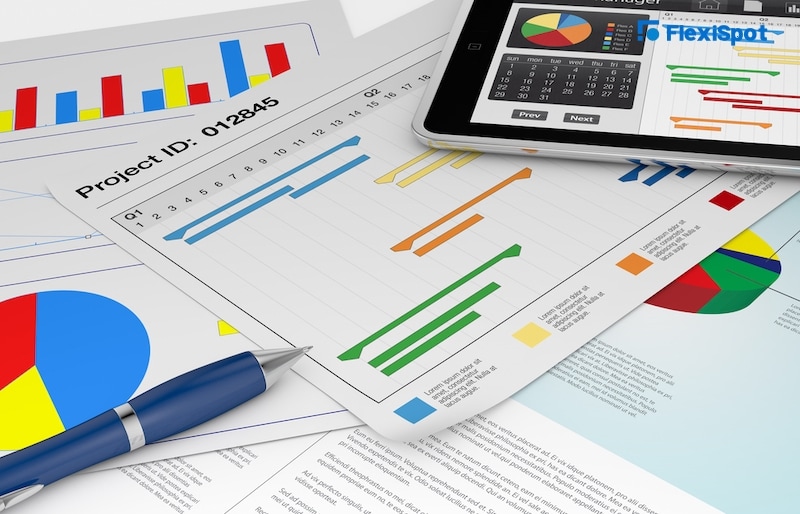There are many things that changed when offices sent their employees home to work. For one, the setup is completely different. The employee won’t have to commute to and fro work, and won’t be seeing his or her colleagues face-to-face every day. This also means a superior’s nose won’t always be on an employee’s every move throughout the day.
One thing that changed as well as how team members and bosses communicate with one another. The communication format is entirely different with new challenges to face and overcome. The goal is to make sure communication is clear so that work is efficient and tasks are done at the end of the day.
In a remote setup, officemates do not talk to one another the whole day. We are often left to our own devices which means it is highly important that the communication of tasks and updates is clear from the get-go. We don’t want to be doing unnecessary or wrong work that will be completely scratched regardless of how hard we worked for it. Remote communication is how we are given instructions and feedback on the work that we do. It also includes our end of the pie which is passing on progress reports. Because all of these are done remotely, we get information without seeing our officemate’s body language or nonverbal cues. According to Indeed, clarity and accuracy are needed to ensure the fulfillment of the right duties.
Aside from business talk, the fun and social side of engaging with employees are also important to keep them motivated and inspired to contribute to the workplace.
Here are the communication methods that teams can apply:
1. Install software that is collaborative.
There are many collaborative software programs that employees could use where it’s almost as if you are working with someone in person. Through these software programs, you can send and receive messages, share files, and do simultaneous work with your colleagues. You may also request for feedback or for help when you need it. Employees should be available throughout the day; if working on something, you may change the status to “Do Not Disturb” so that everyone is informed that you are not available to answer at the moment.
2. Make use of instant messaging.
There should be a work communication channel where your employees can chat with each other and receive replies instantaneously. Do not limit the use of instant chats just for business; let them talk about personal topics and stories in real-time. This can help them get answers as quickly as possible and to develop friendships even though they do not work face-to-face anymore. This also gives a sense of privacy where two people could discuss work tasks without having to involve a whole department.
Why is there a need for this when there are emails? Instant messaging allows for more interaction than calls or emails. Employees can also set on notifications for a colleague who they constantly work with and/or their bosses who might need something from them.
3. Meet up through video conferences.
When COVID-19 hit, a surge in usage of video conferencing apps was observed. You may not be in one another’s presence in person but this is as close as you could get to see your colleagues face-to-face even in a remote setup. If you want to work more efficiently, use video conferences to communicate better with your colleagues. You will see your colleagues’ facial expressions and body gestures as well as hear the tone of their voices.
You may schedule weekly and monthly meetings for team updates. You can see everyone’s progress and performance when you have regular meetings. It’s the time everyone can share their thoughts, ideas, opinions, and concerns as well.
Discuss among your team members the best day of the week for you to meet. Consider time and the amount of work for each employee. Make sure you don’t schedule unnecessary meetings because this may take up precious time and affect the productivity of employees.
For employees who are absent, it’s useful if they could access recorded meetings. It can also be used by present employees as a reference or clarification of some tasks assigned to them. You can screen-record your meeting to have these copies available for concerned employees.
Tip: You may use a standing desk converter to achieve the height you want of your computer or laptop during a video conference. Having it at eye level will help you be treated as an equal by your colleague.
4. Do not forget to use the e-mail.
It may be old school for some but the most formal and effective type of communication in a remote work setup is the email. What’s perfect about emails is that you have an automatic record of what you talked about and agreed upon. You are also given the chance to think more about your responses because it’s not as instantaneous as communicating through instant messaging apps.
5. Employ the use of project management tools.
There are many project management tools that can help teams who work with multiple projects at a time. Using these tools can aid them in organized collaboration and communication. These tools can help them plan, schedule, give feedback, share files, track progress and chat in just one platform. You will notice that with the help of these tools, your team could make better use of resources in an efficient way and take the stress of big remote workloads.
6. Have employees prepare activity reports.
Since working remotely proves to be a challenge in communication, make sure that you reassure your managers by producing activity reports. This is also the manager’s way of being up to date with the employees day to day progress. What to do is that each employee would list what they have to do for the day and move it in columns, depending on its status. You could base your schedule of meetings on the activity reports your employees to send. Search for templates online if you need a guide for your employees on how to make an activity report.
7. Use Visuals.
Like school, even adults love visual materials. When discussing a new project with your team that involves a lot of data, use visuals to communicate what you want. You may use diagrams, drawings, and charts to teach the kids with ideas.
For those who need help in the design department, you may also use presentation software to help you do just that. You may even make use of Canva or Prezi which beautifies a presentation. Remember to use eye-catching colors, images, and designs then propose a concrete action plan.
8. Engage with your employees in non-business matters.
An office is still a social area so mimic the in-person experience by making sure that you could schedule fun virtual meetings. indeed.com refers to these as “virtual water coolers” wherein the whole team can gather, share their interests, and learn about each other. You have to provide them with opportunities for casual communication.
In the team’s internal messaging platform, a virtual water cooler can be created in a non-work-related channel. Use it to share travel photos, recipes, ootds, and funny stories so that the employees can follow suit.





